How To Prevent Voles
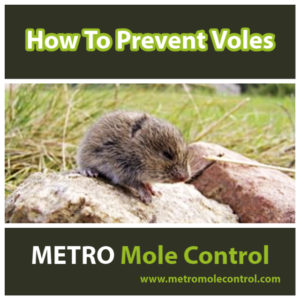
How to prevent voles from invading your lawn and landscape starts with understanding the sheltering, movement, and food requirements of voles. Voles often referred to as meadow or field mice can be very challenging nuisance yard pests in Minnesota. To learn more about their general characteristics, please visit the dedicated Metro Mole Control vole page located here. If you would like to learn more about the differences between moles and voles, please visit our prior posting titled “Difference Between Moles And Voles.”
Where do you find voles?
Voles may be found just about anywhere in Minnesota but we see a lot of activity within newer housing developments. As homes are introduced, voles (and other yard pests) get squeezed from very large, undeveloped areas into much smaller, defined areas. We find heavy concentrations of voles in bordering woods, around detention ponds, and in natural buffer zones. Voles love these tall grass areas which protect them from their natural predators which include hawks, owls, fox, and coyotes.
Do voles migrate and what do they eat?
While voles can be year-round pests they often migrate to your property in late summer and fall as they transition from neighboring tall grass areas to your lawn and landscape. Over the winter, voles will live on your property under the cover of snow. Under the snow, they will venture out in search of food to any part of your landscape without the threat of predators. They love to eat seeds, bulbs, plants, roots, grass, and tree bark. Check out this video titled “The Hungry Vole.”
What does vole damage look like?
After winter snow melt, spring vole damage will appear as snake-like trails in the grass and girdling of trees and shrubs. Sometimes you’ll see open holes in your lawn about the size of a quarter. We often see damaged insulation around the foundation of homes.
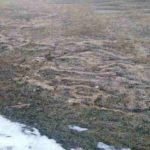
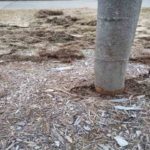
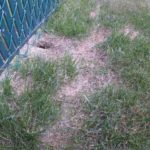

After a light raking, grass will generally bounce back on its own but in some cases, it will require reseeding or sodding. With exposed bark, trees and shrubs may need some form of wound treatment or a complete replacement. Resident voles will often lead to costly garden and flower bed damage later in the summer. Vole runways are also loaded with urine and feces and like that of any rodent can lead to disease. Please protect your children and pets!
How To Prevent Voles
You spend a significant amount of time on your lawn, garden, and landscaping. There are a number of simple prevention steps that you should take around your property to reduce the vole population and prevent damage.

Steps You Can Take To Prevent Voles
Secure Structures
Voles like to live under structures including sheds, dog houses, and playsets. Do your best to tighten up these access points along the surface of the ground. For exclusion, use rock or ¼ inch galvanized wire mesh buried at least 6 inches below the ground. Mesh should be secured to the top edge of the bottom of your structure and covered with a trim board matching your structure.

Close Concrete Openings
We often see voles living in cracks that develop between a driveway pad and the home foundation. Washed-out concrete patio or sidewalk slabs are common places to check for voles. Close any gaps that you see with crushed rock. In late fall, lift hinged downspouts off the ground. Voles will nest within downspouts if they can access them from the ground level.
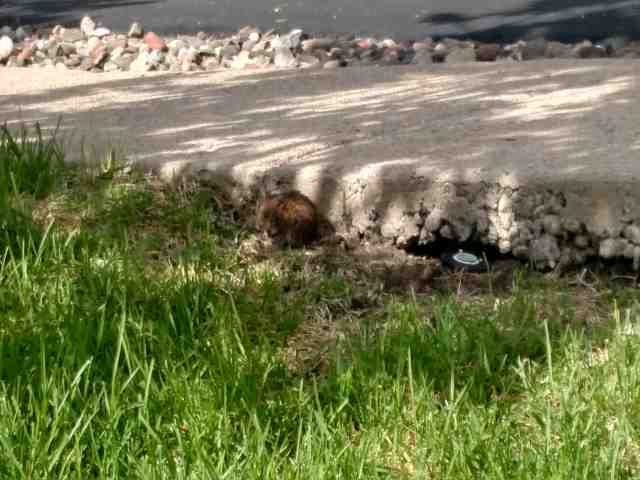
Fill Retaining Wall Gaps
Vole infestations are very common along large rock retaining walls. These walls have gaps between the boulders that often extend well into and behind the wall. Voles love to live within these gaps. Do your best to fill these gaps with crushed rock.
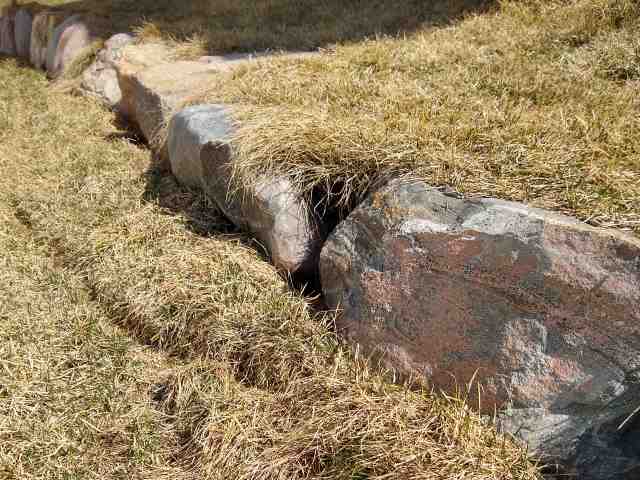
Avoid The Use Of Mulch And Grass
For landscaping around the foundation of your home and other ornamental areas try using rock instead of plain grass or mulch. Voles have a hard time burrowing in rock but love to live in and under grass and mulch. A thin top layer of gravel or a light mixture of gravel and soil will prevent vole damage within flowerbeds.
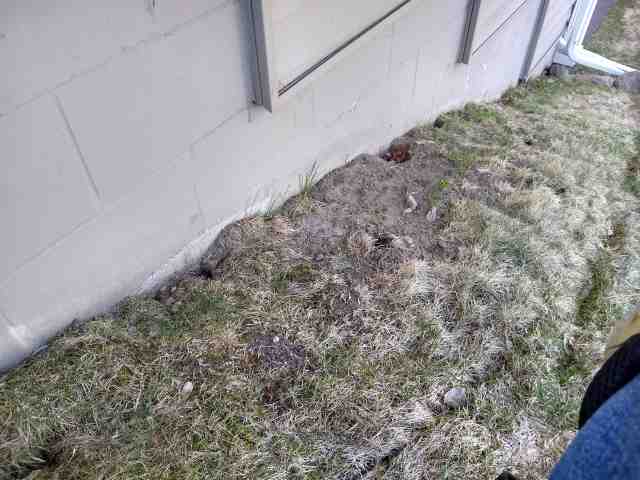
Protect Ornamental Trees
Protect immature trees by purchasing tree covers. Some of the most expensive vole damage that we see is done to immature trees. It’s often mistakenly blamed on rabbits. A plastic corrugated tree guard works extremely well and can be inexpensively purchased at just about any home improvement store. The covers should be buried at least 3 inches deep in the ground to prevent the voles from burrowing under.
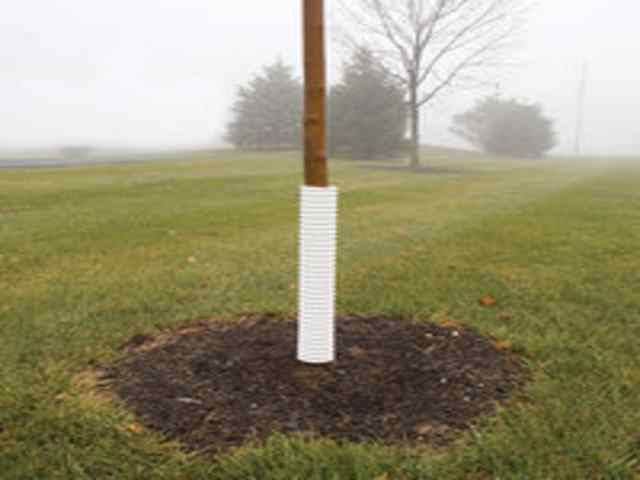
Execute Proper Mowing Practices
Do not let your grass exceed 3 inches in length and keep bushes trimmed up from the ground. A shorter lawn provides less protection from natural predators making voles feel extremely uncomfortable. Cut back brush, weeds, and create a clean environment to eliminate any nesting areas. Clean up fall leaves and make your last lawn mowing of the season a short one.
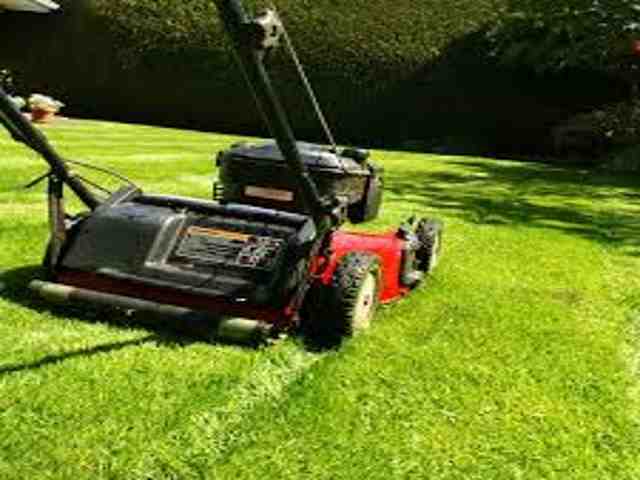
Remove Bird Feeders
Bird feeders are a major attraction for voles. The best thing to do is to remove feeders. However, if you enjoy watching wildlife sometimes there is a trade-off and balancing act. If you choose to keep feeders in place, it is very important to keep the ground below as clean as possible. Consider using a catch tray!
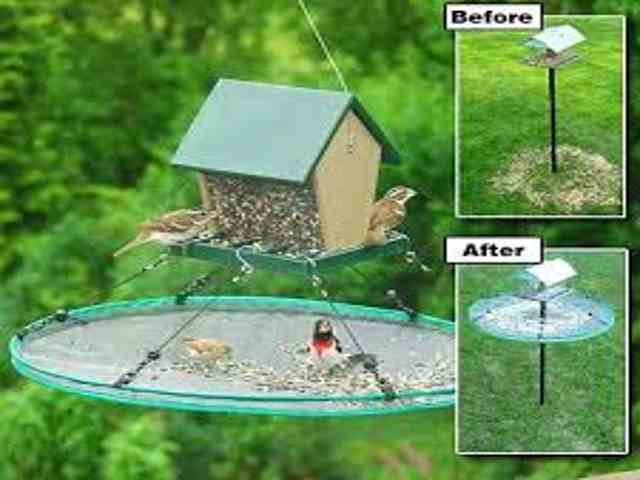
Cats
Cats and natural predators tend to fall into the removal category but can also work for prevention. Clawed cats will kill voles and their scent will work as a natural deterrent.

Voles are a major problem for homeowners when they become year-round guests or when they cause excessive lawn and landscape damage. Before attempting any vole prevention strategies, it’s always prudent to first eliminate the resident vole population. Often the most effective way to prevent and control voles is with professional services. If you live in the Greater Minneapolis-St Paul Metropolitan area, please contact the professionals at Metro Mole Control at (763) 350-0331 for a no-obligation consultation regarding any nuisance vole or other yard pest problems that you may be experiencing!
Join Us On Our Social Media Sites!
